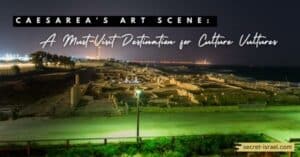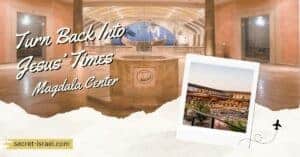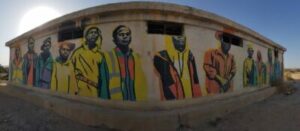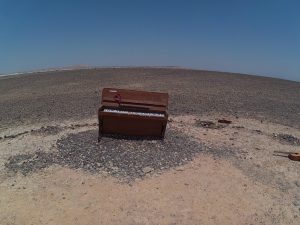The Shrine of the Book is a must-see destination for history and art enthusiasts visiting Jerusalem. Located near the Israel Museum and adjacent to Hebrew University’s Givat Ram campus, this shrine houses some of the world’s most important ancient manuscripts from the Dead Sea Scrolls. Explore the unique architectural design of this shrine, view remarkable artifacts, and learn more about the history associated with it.
In this blog post, we will provide a guide to visiting The Shrine of the Book in Jerusalem, including a brief history, what you can expect to see there, and some tips for making your visit as enjoyable as possible. So, without further ado, let’s get started!
Why Visit The Shrine of the Book
The Shrine of the Book is an iconic building in Jerusalem that was designed to house and protect the Dead Sea Scrolls, ancient manuscripts which date back to at least 2,000 years ago. These documents contain the oldest known versions of the Hebrew Bible and other important works. It is a prime example of modern architecture combined with historical significance and is often used as a setting for photography and film. Its unique design also makes it a popular tourist attraction in Jerusalem, with its famous white-tiled dome topping the building.
At The Shrine of the Book, visitors can explore the Rotunda where the Dead Sea Scrolls are housed on display under climate-controlled conditions. This rotunda is filled with mosaics, sculptures, and other artworks that tell a story about the history of Judaism. Visitors can also explore the permanent exhibit on Jewish culture and heritage which is located in an adjoining building. Here, visitors will find artifacts from ancient times to modern-day Israel, providing an insight into the rich culture of this area.
Address: מוזיאון ישראל, Derech Ruppin 11, Jerusalem, 9171002, Israel
Opening Hours:
- Monday 10 AM–5 PM
- Tuesday 4–9 PM
- Wednesday10 AM–5 PM
- Thursday 10 AM–5 PM
- Friday 10 AM–2 PM
- Saturday 10 AM–5 PM
- Sunday 10 AM–5 PM
Phone: +972 2-670-8811
Navigate here to see the location’s actual view.
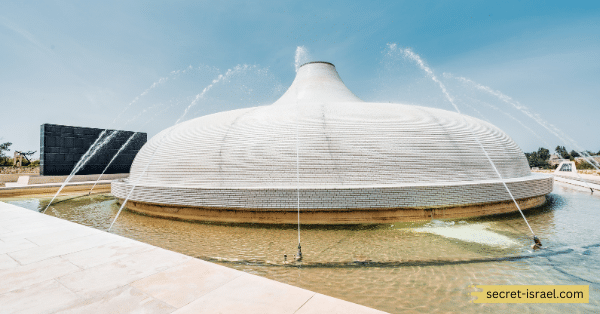
The History and Significance of the Dead Sea Scrolls
The Dead Sea Scrolls are a collection of Jewish texts that were discovered in the 1940s in the Qumran caves, located near the Dead Sea in Israel. The scrolls, which date back to the Second Temple period (516 BCE-70 CE), include parts of the Hebrew Bible as well as other Jewish texts such as hymns, prayers, and legal documents. They are considered one of the most significant archaeological discoveries of the 20th century as they provide valuable insight into Jewish history and the origins of Christianity.
The scrolls were written by a sect of Jewish people known as the Essenes, who lived in the area around the Qumran caves. They were hidden in the caves during the Roman invasion of Jerusalem in 70 CE to protect them from destruction.
The scrolls are written in Hebrew, with some parts in Aramaic, and have been carbon-dated to the period between 408 BCE to 318 CE. The texts include fragments from every book of the Old Testament, except for the book of Esther. The scrolls also include previously unknown texts such as the “Thanksgiving Hymns”, the “War Scroll” and the “Community Rule”.
The discovery of the Dead Sea Scrolls has greatly increased our understanding of the history and beliefs of Second Temple Judaism and has also provided valuable information about the development of early Christianity. They are also important for the study of the text of the Hebrew Bible, as they provide a glimpse into its evolution over time. The scrolls are considered a national treasure of Israel and are housed at the Shrine of the Book in the Israel Museum in Jerusalem.
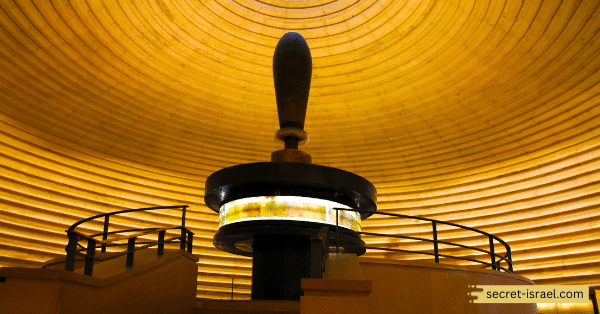
The Architectural Design of the Shrine of the Book
The Shrine of the Book is the building at the Israel Museum in Jerusalem that houses the Dead Sea Scrolls. The building was designed by the architect Armand Bartos and was built in the 1960s to resemble the shape of the jars in which the scrolls were found. The design of the building is intended to be symbolic, with the dome of the Shrine representing the lid of the jar, and the white wall of the Shrine representing the jar itself.
The Shrine is constructed of white concrete, with a dome that is covered in white marble. The dome is supported by eight pillars, which represent the eight scrolls that were discovered in the first cave at Qumran. The white wall of the Shrine is curved, mimicking the shape of the jar. The entrance to the Shrine is located at the base of the wall and is marked by a low relief of a scroll, signifying the importance of the scrolls housed within.
Inside the Shrine, there is a single large room where the scrolls are displayed. The room is lit by natural light that filters in through the dome and the wall, creating a serene and contemplative atmosphere. The scrolls are kept in glass cases and are protected by a controlled environment to preserve them.
The architectural design of the Shrine of the Book is an important aspect of the building, as it serves not only as a place to view the scrolls but also as a symbol of their significance. The building’s design adds to the experience of visiting the Shrine and is considered a significant work of architectural design.
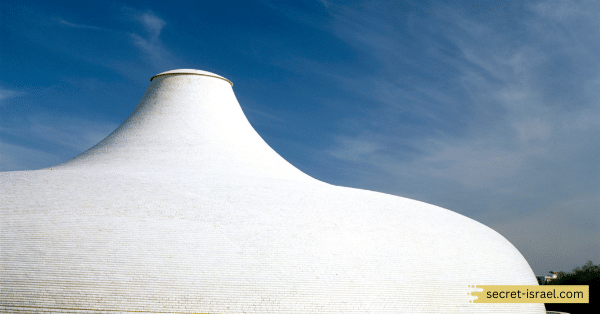
Viewing the Scrolls and Other Artifacts at the Shrine
The Shrine of the Book at the Israel Museum in Jerusalem is the place where the Dead Sea Scrolls are housed and displayed to the public. Visitors can view the scrolls and other artifacts related to the scrolls, such as pottery, scroll jars, and writing implements, in the Shrine’s main exhibition hall.
The scrolls are kept in glass cases and are protected by a controlled environment to preserve them. They are accompanied by interpretive materials, such as photographs, drawings, and explanations, to help visitors understand the historical and cultural significance of the scrolls.
The scrolls themselves are fragments of parchment or papyrus and are written in Hebrew or Aramaic. They include fragments from every book of the Hebrew Bible, as well as other Jewish texts like hymns, prayers, and legal documents. It is important to note that the scrolls on display are not the original scrolls but casts of the original.
Visitors can also view other artifacts related to the scrolls, such as pottery, scroll jars, and writing implements, that have been discovered at the Qumran caves where the scrolls were found. These artifacts provide a glimpse into the daily lives of the Essenes, the Jewish sect who wrote and hid the scrolls.
The Shrine of the Book also offers visitors the opportunity to see the scroll fragments in an interactive way, the museum has a virtual reality experience where visitors can see the scrolls as they would have looked when they were first discovered, and an interactive display where visitors can see the scrolls in high resolution, and in some cases, even read the texts.
Visiting the Shrine of the Book is a unique and enlightening experience, and it is an opportunity to see and learn about one of the most significant archaeological discoveries of the 20th century.
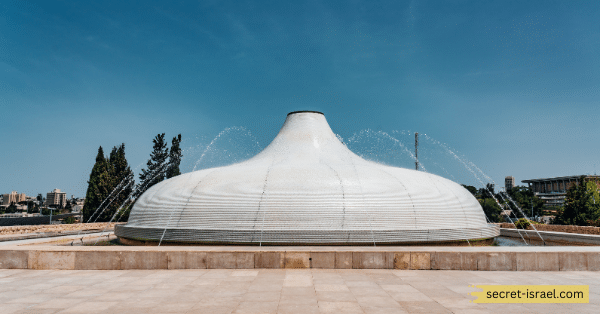
Combining a Visit to the Shrine of the Book With a Tour of the Israel Museum
Combining a visit to the Shrine of the Book with a tour of the Israel Museum in Jerusalem is a great way to make the most of your time and gain a deeper understanding of the history and culture of the region. The Israel Museum is one of the most important cultural institutions in Israel, and it is home to a wide range of artifacts and exhibits that cover the history of the Jewish people, as well as the history of the region more broadly.
The Shrine of the Book is located within the Israel Museum, so it is easy to visit both the museum and the shrine during the same trip. After viewing the Dead Sea Scrolls at the shrine, visitors can take a tour of the museum’s other exhibits, which include artifacts from the Israel Antiquities Authority, the Jewish Art and Life Wing, and the Samuel Bronfman Archaeology Wing.
The Israel Museum’s collection is vast and varied, it includes artifacts from the ancient Near East, such as cuneiform tablets and Egyptian mummies, as well as Jewish ceremonial objects, contemporary art, and Jewish ethnography. One of the most notable exhibits is the Model of Jerusalem in the Second Temple Period, a replica of the city as it appeared in 66 AD, which provides a glimpse into the Jerusalem of the time when the scrolls were written.
The museum also has a youth wing, the Billy Rose Art Garden, where visitors of all ages can enjoy a variety of interactive exhibits, sculptures, and activities.
Combining a visit to the Shrine of the Book with a tour of the Israel Museum is a great way to gain a deeper understanding of the history and culture of the region, and to see some of the most important artifacts and exhibits in the country.
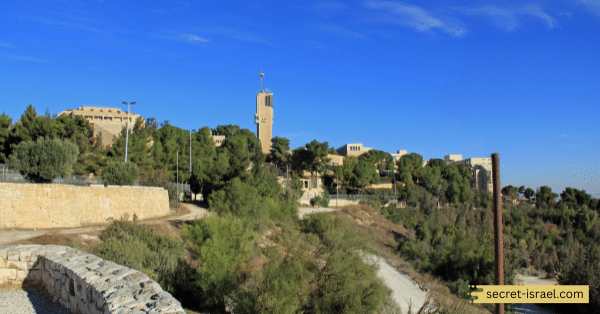
Tips for Planning Your Visit to the Shrine of the Book
The Shrine of the Book is a must-see attraction for those visiting Jerusalem. Here are some tips to help you plan your visit:
- Plan ahead: The Shrine of the Book is a popular destination, so it’s best to plan your visit in advance. Make sure to check the museum’s website for hours of operation, ticket prices, and any special exhibitions that may be taking place.
- Buy tickets online: To avoid waiting in long lines, it is recommended to buy your tickets online in advance.
- Arrive early: To beat the crowds, try to arrive at the Shrine of the Book as early as possible. The museum opens at 9:00 am, so plan to be there at opening time.
- Allow enough time: The Shrine of the Book is home to a number of fascinating exhibits, so make sure to allow enough time to see everything. A visit of 2-3 hours is recommended.
- Dress modestly: The Shrine of the Book is a religious site, so it is important to dress modestly. Visitors should avoid wearing revealing clothing, and men should cover their heads.
- Be respectful: As a religious site, the Shrine of the Book should be respected and visitors should be mindful of their behavior and conduct.
By following these tips, you’ll be able to make the most of your visit to the Shrine of the Book and enjoy the unique exhibits and artifacts on display.
In conclusion
Visiting the Shrine of the Book is an awe-inspiring experience that gives visitors a chance to explore one of the most significant archaeological discoveries in history. This iconic building, designed by Armand Bartos, is a prime example of modern architecture combined with historical significance and serves as a reminder of the importance of preserving national treasures. Visitors can explore the Rotunda where the Dead Sea Scrolls are housed, view artifacts related to the scrolls, and even take a virtual reality tour of the caves at Qumran.



